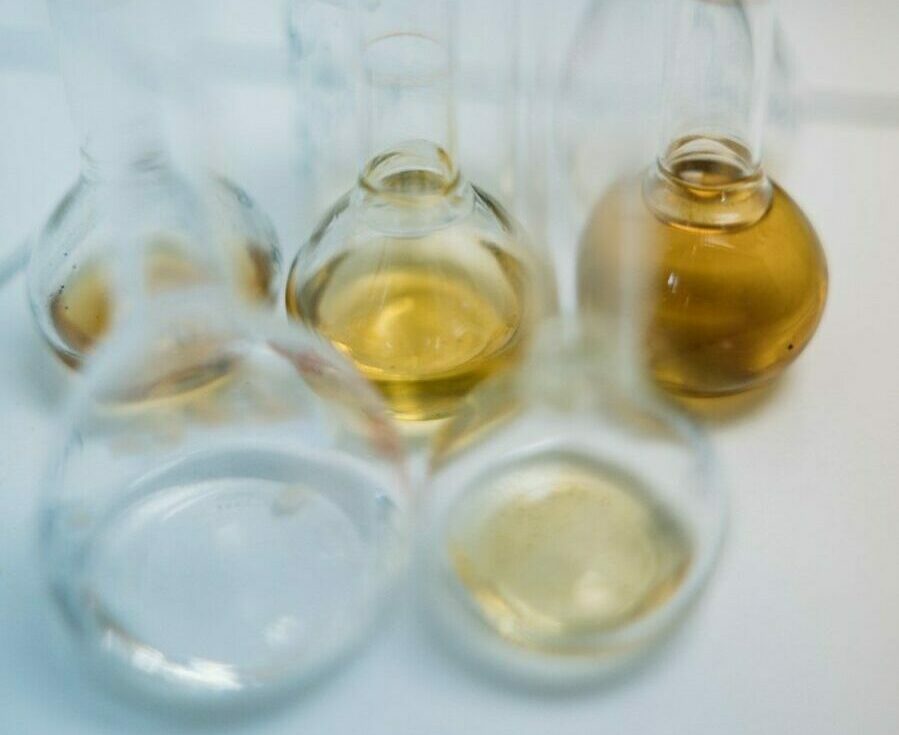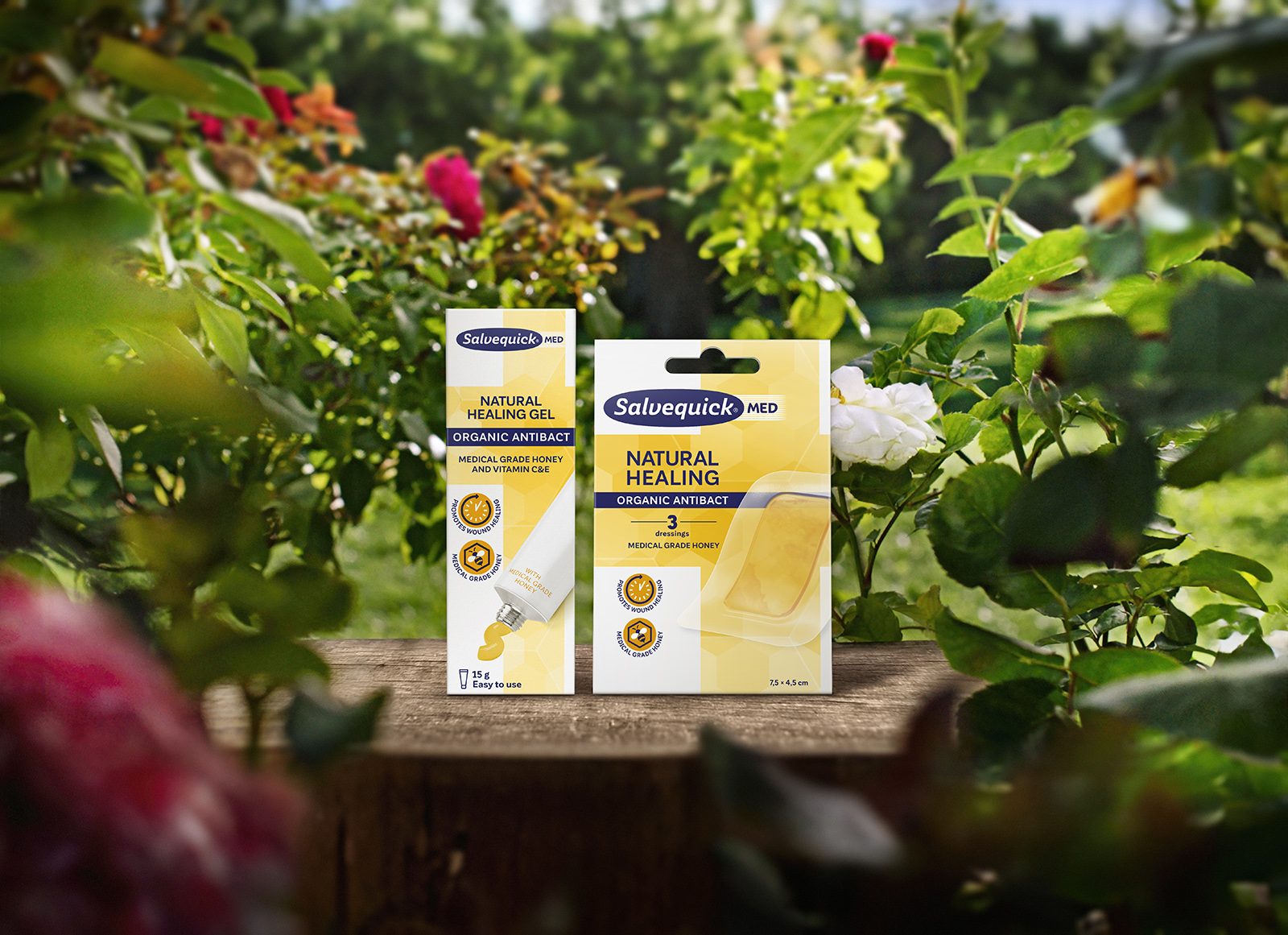Welcome to our global website
Or choose another language
Article
Medical honey is naturally antibacterial, used to enhance the wound healing process, prevent infections and reducing the risk of scarring.
Medical grade honey is a specialized type of honey used for wound healing. It is carefully processed and sterilized to guarantee its quality, safety and efficacy for medicinal use, and free from pollutants and toxic substances.
Medical honey is used to promote wound healing, prevent infections, and reduce the risk of scar formation. It has naturally antibacterial properties and is effective in treating various types of wounds, from minor cuts to large infected wounds, diabetic wounds as well as 1st and 2nd degree burns.
Honey has a long history of medicinal use spanning thousands of years.The use of honey for medicinal purposes has been observed in various cultures, including ancient Greeks, Romans, and regions such as the Middle East, India, and China. Even Hippocrates, widely regarded as the “Father of Medicine,” extensively discussed the healing properties of honey and its applications in medical treatments.
While the use of honey declined with the advent of antibiotics, it has regained attention due to antibiotic resistance. Medical grade honey is a valuable option for challenging wounds, including antibiotic-resistant infections, with proven efficacy in wound healing and infection management.
The Natural Healing products contain medical honey. They promote and stimulate wound healing, prevent infections and reduce the risk of scar formation.
Medical honey has strong wound healing properties, it is an organic antibact used to enhance the wound healing process.
The dressing has a hydrogel wound pad for moist wound healing, enriched with medical honey. Each package includes 3 dressings for up to 5 days treatment.
The wound gel contains medical grade honey and vitamins C and E. It has a clinically proven effect on wound healing, is easy to apply and gentle on the skin. The tube contains 15 g.
Vitamin C and vitamin E are both antioxidants that can support a better healing environment:
Advanced Wound Care
A wound dressing that promotes the wound healing process by its hydrogel wound pad enriched with ...
3 pcs
Advanced Wound Care
A wound gel that promotes the wound healing process with its naturally antibacterial medical grad...
15g
Medical honey is naturally antibacterial and used to promote wound healing. Its wound healing properties are based on two main pillars: its pro-healing properties, which promote wound healing, and its antimicrobial activity, which effectively resolves and prevents infections.





